
What Is Cinematography?
Cinematography is the art and science of capturing visual images for film and television. It involves the strategic use of camera techniques, lighting, framing, and composition to tell a story visually. A cinematographer, or director of photography (DP), collaborates closely with the director to translate the script into a visual narrative that evokes emotions and supports the film’s themes. By manipulating light, shadow, and camera movements, cinematographers create atmospheres and moods that enhance the viewer's experience, making the visual elements an integral part of storytelling
Examples:
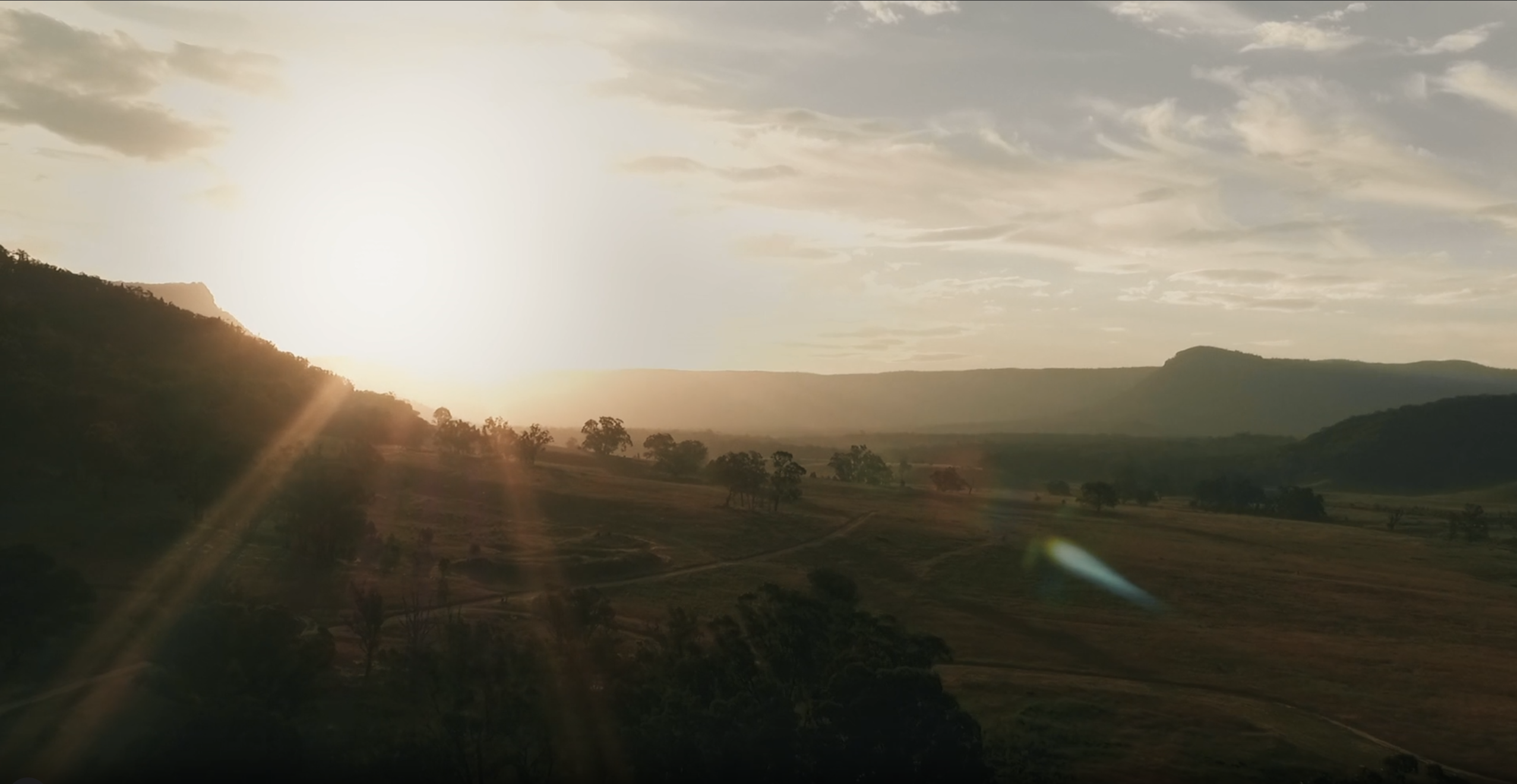
A slow pan across a vast landscape establishes the setting and evokes a sense of awe. (Still frame - David Child)
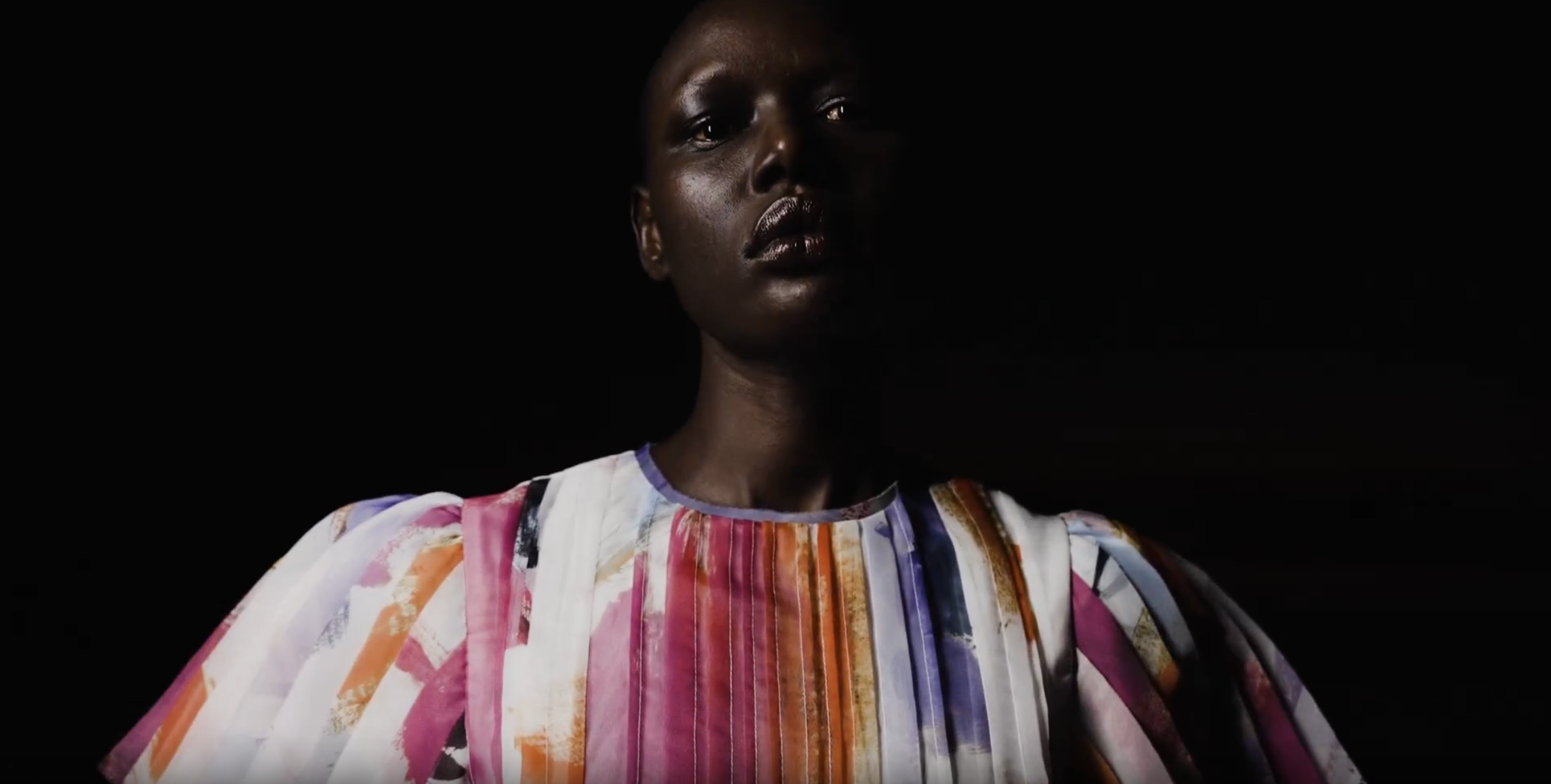
A low-angle shot of a character can make them appear intimidating, powerful or even vulnerable. (Still frame - Claudia Rose)
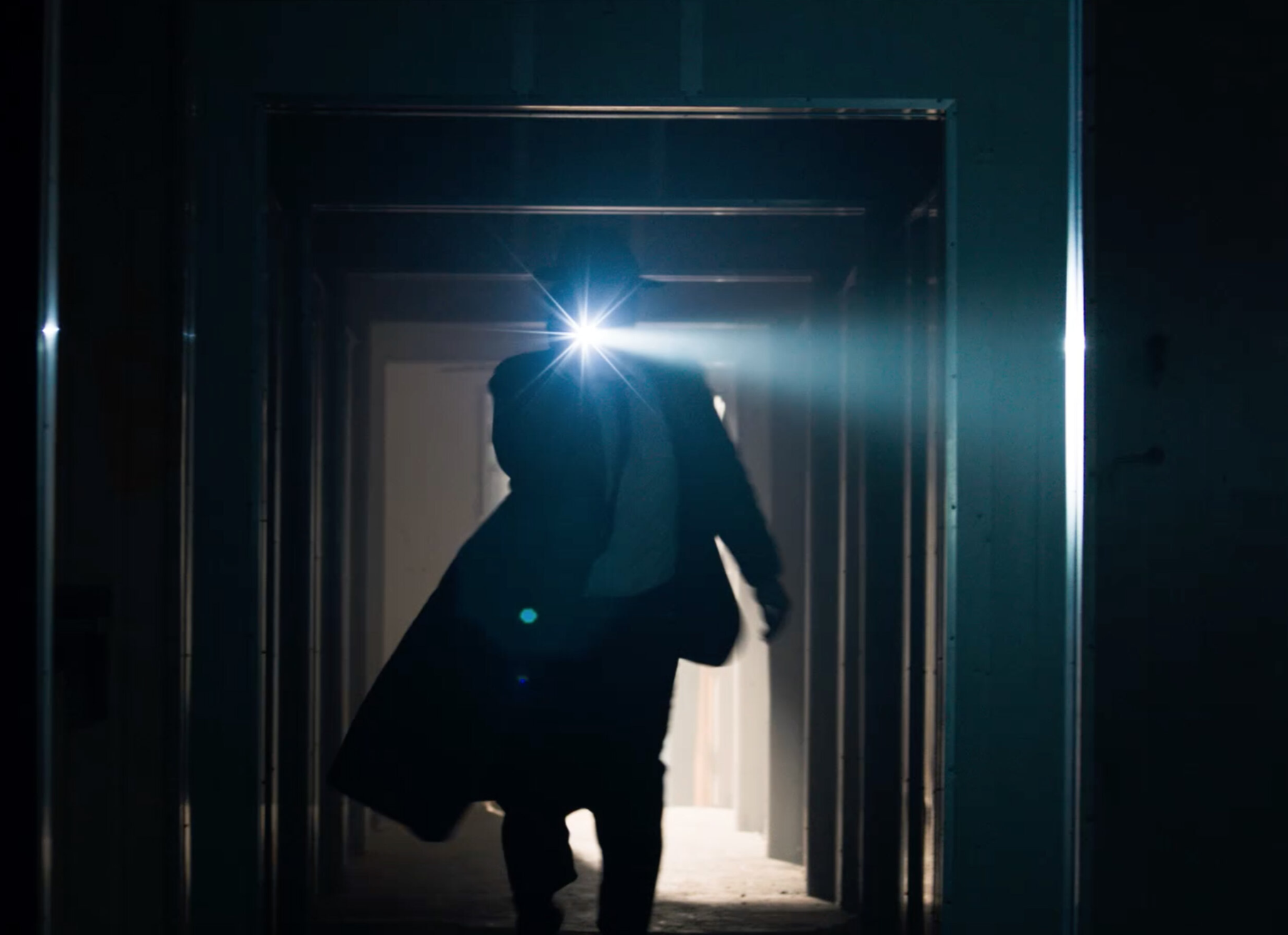
A low-light environment with directional light can create a scene of intrigue and suspense. (Still frame - Dan Freene)
Why is cinematography important?
Cinematography is a vital component of film and television production because it shapes visual storytelling, which is essential for engaging audiences. It goes beyond merely recording action; it involves the deliberate use of lighting, camera angles, and movement to convey emotions and themes that resonate with viewers. Cinematography serves the story by creating an atmosphere that enhances the narrative through natural lighting techniques or innovative camera work. The ability to evoke emotions and create a memorable visual experience makes cinematography a powerful tool in the hands of skilled professionals, directly impacting the effectiveness and appeal of the final production
Why are cinematographers needed?
To elevate storytelling
Cinematography goes beyond simply recording what happens. It uses camera angles, framing, lighting, and movement to create a visual language that draws you into the story and influences your emotions. A good cinematographer can make you feel scared, excited, or heartbroken through visual choices alone.
Help guide the viewer's eye
Cinematographers don't leave it up to chance what you see on screen. They use camera angles, movement and light to direct your attention to specific details or characters. This helps you understand the story and follow the narrative flow.
Telling a visual story
In short, cinematography is the art of using visuals to tell a story. Without it, movies and videos would be a lot less engaging and impactful. That's why skilled cinematographers are essential for creating truly captivating films and video productions.
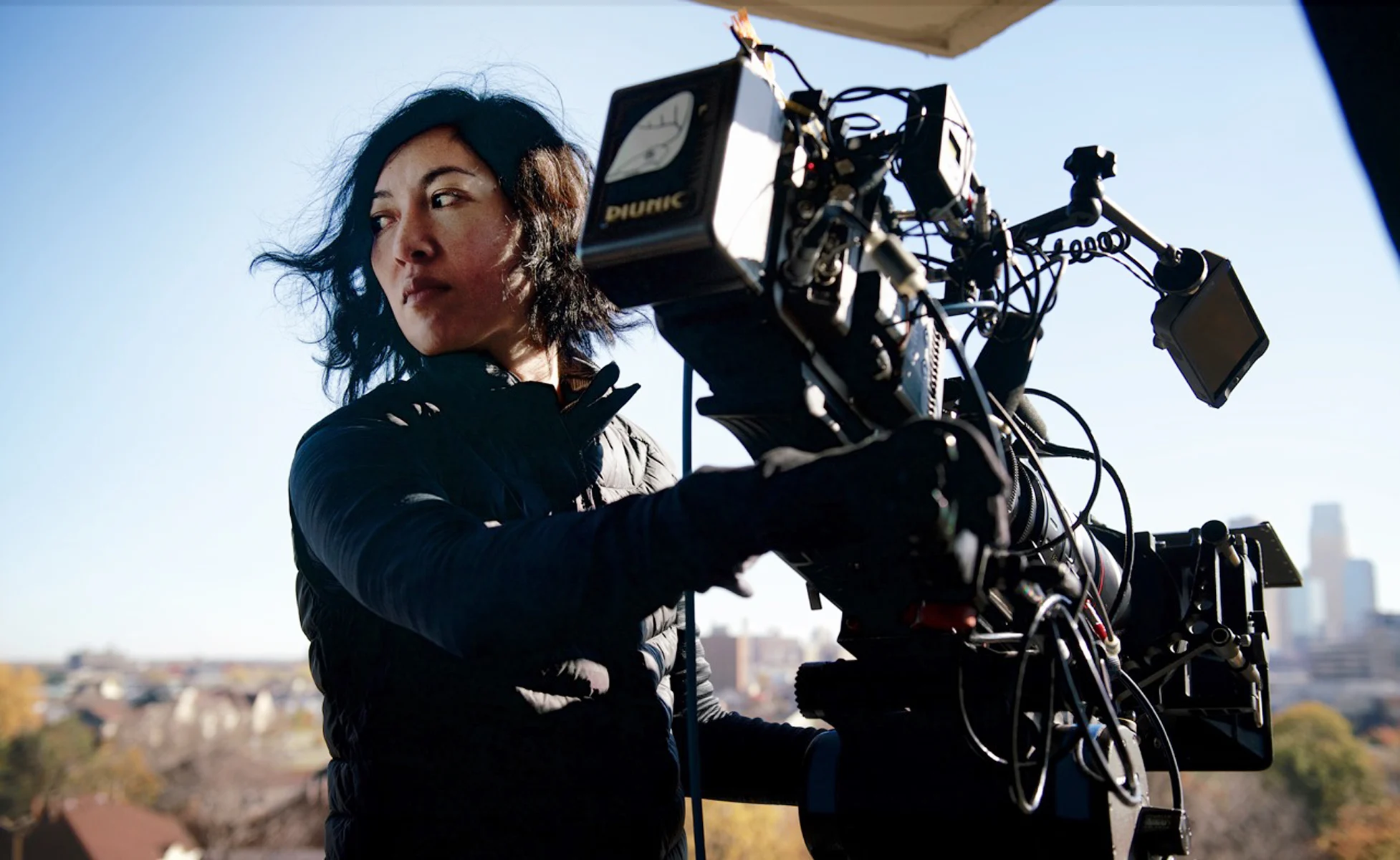
What Is The Role of a Cinematographer?
The role of a cinematographer is to translate the director's vision and the script into stunning visuals that bring the story to life on screen. When you understand the breakdown of what cinematographers do, you might also agree.
The art behind cinematography
Cinematographers will create a visual story through using techniques like:
- Low angle, high angle, eye-level, and their impact on perspective and character power dynamics.
- Rule of thirds, leading lines, negative space, and their use in creating visually engaging compositions.
- Establishing shots, tracking shots, pans, tilts, and their ability to guide the viewer's eye and create a sense of dynamism.
- Shallow depth of field for selective focus and deep depth of field for establishing shots.
- Pulling focus, racking focus, and their use in directing the viewer's attention within a scene.
- Creating depth, tension, and emotional impact through camera movements and focusing.
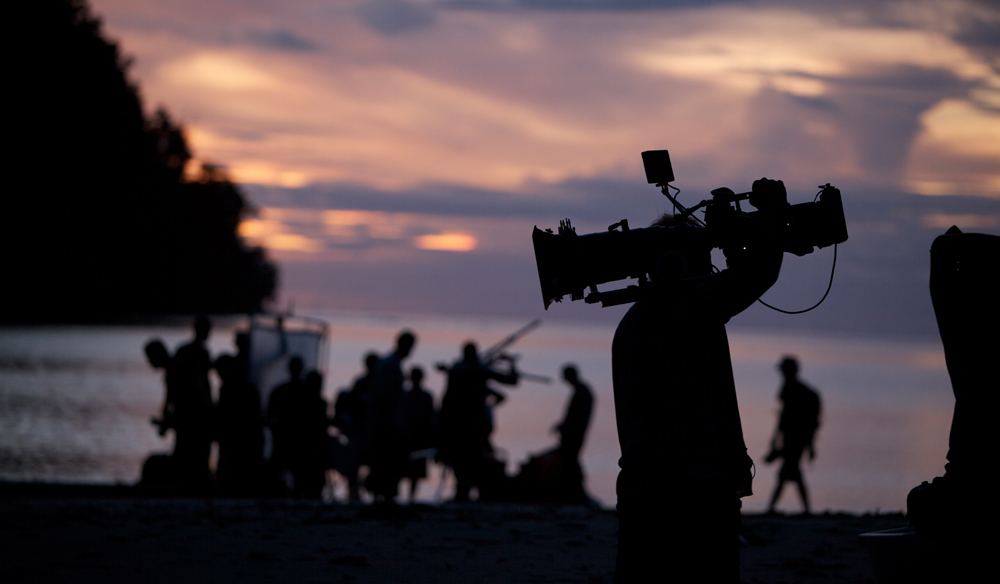
Breakdown Of What Cinematographers do
We’ve broken down the exact roles you can expect to see from a cinematographer from the pre production, production and post production. This way, you can really understand exactly what cinematographers do and how they do it.
Pre production
Pre-production is where the groundwork for the film's visual style is laid. The cinematographer will work very closely with the director and other departments to create a cohesive visual plan. They will be in charge of communication and working within a team.
Collaboration with the Director
This is where the cinematographer and director have in-depth discussions about the script, the desired visual aesthetics, and the overall tone of the film. A strong collaboration ensures the director's vision is translated effectively into visual storytelling choices.
Key points:
- Discussing themes and emotions the film should evoke visually.
- Choosing a visual style (realistic, stylised, documentary-like)
- Interpreting the script scene-by-scene and brainstorming how to visually represent it.
Technical shooting considerations
This involves deciding on the camera system, lenses, lighting setups, and camera movement techniques best suited for the film. The chosen equipment by the cinematographer and techniques by the cinematographer will significantly impact the film's visual style and storytelling ability.
Key points:
- Choosing a camera system (digital cinema camera, film camera) based on budget, format preference, and desired image quality.
- Selecting lenses with focal lengths and characteristics that achieve the desired framing and visual effects.
- Deciding on lighting styles (natural light, three-point lighting, soft vs. hard light) to create specific moods and atmospheres.
- Planning camera movement techniques (tracking shots, dolly shots, Steadicam) to build dynamism and guide the viewer's eye.
Location scouting for best effects
The cinematographer will work with location scouts to find filming locations that match the script's setting and aesthetic requirements given by the director.
The location plays a crucial role in establishing the film's atmosphere and visual storytelling.
Key points:
- Considering factors like access, permits, crew needs, and potential challenges at each location.
- Collaborating with the director to ensure the chosen locations visually represent the script's descriptions.
- Scouting for locations that offer opportunities for interesting camera angles and lighting setups.
Shot planning and storyboarding
The cinematographer often will create a shot list, which details camera angles, framing, lens choices, and camera movements for each shot in the film. They might also work with a storyboard artist to visually represent key scenes.
Shot planning ensures efficient filming and consistency of visual style. Storyboards help visualise the scene composition and camera movement beforehand. This mitigates risk so when the production happens, there are little to no errors.
Key points:
- Creating a detailed shot list that guides the camera crew on set.
- Including technical specifications for each shot (camera angle, lens choice, movement).
- Working with the storyboards to ensure they communicate the intended visuals effectively.
Production
Production is where the pre-production plans come to life. The cinematographer leads the camera crew to capture the visuals meticulously planned beforehand. Now, it’s action time. The cinematographer will also be working very closely with the director here.
Camera operations and movements
Camera movements and operations involve operating the camera itself. The cinematographer or camera operator will be executing planned camera movements (tracking shots), and collaborating with the camera crew to achieve smooth and precise shots.
Skilled camera operation ensures the desired framing, composition, and camera movements are captured effectively. This has a very positive contribution to the storytelling and emotional impact of the film.
Key points:
- Understanding camera operation techniques, including handheld, dolly shots, crane shots, and Steadicam.
- Collaborating with the camera crew to achieve precise framing and focus for each shot.
- Adapting to on-set situations and making creative decisions regarding camera angles and movement.
Lighting executions
This involves working with the gaffer (head lighting technician) and lighting crew to set up and execute the lighting plans established in pre-production. Lighting plays a crucial role in creating the mood and atmosphere of each scene, influencing the visual storytelling and emotional impact.
The cinematographer will also help in the set up and structure of the lighting equipment to get it in a position where they are happy. Working with natural light can be difficult, so it’s important for cinematographers to overcome these issues through technical methods.
Key points:
- Collaborating with the gaffer to determine lighting setups, using various lighting equipment (softboxes, hard lights, reflectors) to achieve the desired effects.
- Working with natural light creatively, supplementing it strategically when necessary.
- Adjusting lighting on set in real-time to adapt to changing situations and maintain visual consistency.
Exposure shots
Exposure shots involve setting the camera's exposure (aperture, shutter speed, ISO) to achieve the desired brightness and image quality for each shot. Proper exposure ensures the image is well-lit and reveals details clearly, contributing to the overall visual quality of the film.
Exposure can create different lighting conditions and help achieve more creative goals given by the director and cinematographer. Again, these factors can really help bring the emotion out in a film and create that visual storytelling I’ve mentioned before.
Key points:
- Understanding the basic principles of exposure and their impact on the final image.
- Adjusting exposure settings based on lighting conditions and desired creative effects (dark and moody vs. bright and cheerful).
- Working with the camera operator to ensure consistent exposure throughout filming.
Collaboration with actors and Director
This involves working closely with the director and actors to ensure the performance and camera work complement each other. Collaboration between them all ensures the visuals support the actors' performances and effectively convey the director's vision, accompanied by the cinematographer techniques.
Communication is key here. It’s also important for the cinematographer to be able to adapt quickly, to any on set changes and be able to make quick decisions or changes. This helps to ensure the performances align with the Directors visual narrative.
Key points:
- Discussing scene blocking (actors' movements) with the director and actors to determine camera placement and movement.
- Communicating with actors non-verbally to guide their performance within the frame.
- Adapting to changes in performance or blocking while maintaining the desired visual storytelling
Post production
Post-production is where the captured footage in the production stage is edited, colour-graded, and polished into the final film. While the cinematographer might not be as heavily involved in this stage, they may still collaborate on certain aspects.
Colour grading
Colour grading involves digitally adjusting the colour balance, saturation, and contrast of the footage to achieve the desired visual style and mood for the film. Colour grading can dramatically impact the overall look and feel of the film, influencing the storytelling and emotional impact.
The cinematographer may collaborate with the colorist (colour grading specialist) to ensure the final look aligns with their creative vision.
Consistency
This involves ensuring the overall visual style of the film remains consistent throughout, even with scenes shot on different days or locations. Consistency creates a cohesive and visually engaging film experience for the audience.
The cinematographer may review the edited footage and offer feedback on maintaining the established visual style.
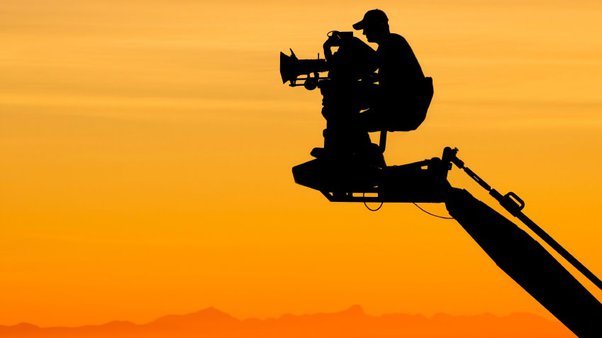
What’s In a Cinematographers Toolkit?
Cinematographers wield a toolbox of creative weapons to bring their vision to life. The core essentials include cameras to capture the image, lenses to frame the scene and tell the story visually, and lighting equipment to create mood and atmosphere.
Let’s go into much more details below about how they use these kits and why.
Cameras
The camera is the heart of the cinematographer's toolkit. It's the instrument that captures the visual information and translates it into the images we see on screen. The choice of camera system significantly affects the film's visual quality, resolution, and format, setting the foundation for the entire visual style.
Types of cameras:
- Digital Cinema Cameras: Industry standard, offering high resolution, dynamic range, and versatility.
- Film Cameras: Still used for a unique, classic look and distinctive film grain.
- Drone Cameras: Offer breathtaking aerial shots and unique perspectives.
Lenses
Lenses are a cinematographer's secret weapon, shaping how the story is visually told. They act like the eyes of the camera, influencing how we perceive the scene and connect with the characters.
Beyond focal length, lenses offer unique characteristics like bokeh (the shape of out-of-focus highlights) that can add a stylistic touch to the film. Cinematographers can use shallow depth of field to blur the background and draw focus to a specific subject, highlighting their importance. Conversely, maintaining sharp focus throughout the scene can create a sense of urgency or chaos.
Lighting
Lighting is more than just illuminating the scene in a film. It's a powerful tool cinematographers use to create mood, atmosphere, and highlight specific elements within the frame. Lighting plays a crucial role in shaping the overall look and feel of a film. It can dramatically impact how the audience perceives the scene and connects with the characters.
Key points:
- Soft lighting can create a warm, inviting atmosphere, while harsh lighting can evoke a sense of mystery, tension, or danger. The use of colour temperature (warm or cool) can further enhance the mood.
- Lighting allows the cinematographer to direct the viewer's eye to specific details within the scene, focusing attention on characters, objects, or actions that are significant to the story.
- Lighting can be used to tell a story on its own. For example, a character bathed in shadows could suggest hidden motives, while a brightly lit scene might convey a sense of hope or optimism.
Finding the Right Cinematographer
Successful creative productions are a team effort. Each crew member has a specialised role and the cinematographer can make or break a film. It is important to find the right Cinematographer for your project and know the variables that will determine if he or she is “right”
Where can you find cinematographers?
Visie
Search for cinematographers with profiles showcasing their work and previous projects. Visie allows you to assess a cinematographer's visual style and gauge if it aligns with your creative vision. Search filters allow you to refine your search by location, genre, and budget.
Conclusion
In conclusion, the cinematographer plays a pivotal role in bringing your vision to life on screen. By understanding their expertise and the artistic considerations that go into their craft, you're going to be well-equipped to find the perfect creative partner for your project.
Remember, a skilled cinematographer can elevate your film from good to great, leaving a lasting impression on your audience. So don't underestimate the power of cinematography – it's the magic that transforms words on a page into a visual storytelling masterpiece.
by them. is reshaping talent representation. Co-founders Lauren Benson & Nadine Pike share their journey, insights on brand-b...
If you need to execute a challenging photo or video shoot, finding the right freelance producer can mean the difference betwe...
Discover why hiring a skilled videographer could improve your digital strategy needs. From storytelling techniques to technic...


